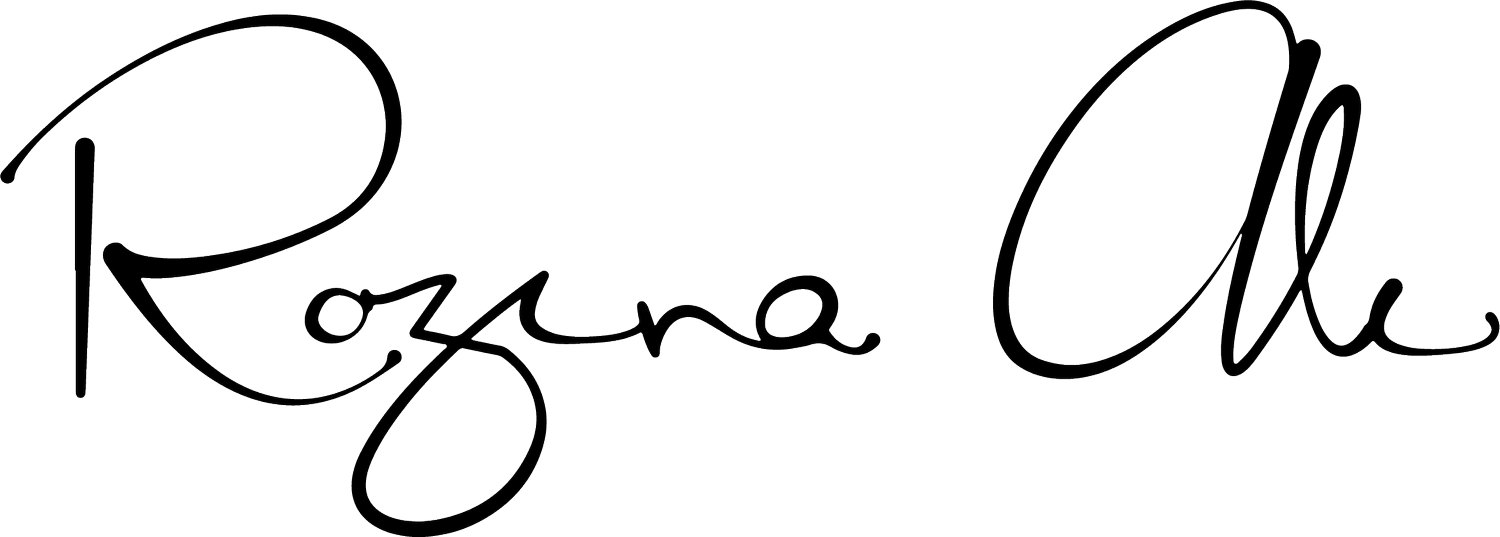Fat Transfer Procedures, Liposuction and Lipofilling
Fat transfer also known as fat grafting, autologous fat transfer, lipofilling or lipo-injection—is the ultimate in tissue enhancement, it is the very definition of tissue upcycling. It involves transferring individual live cells (adipocytes and stem cells) to enhance the quality of your own tissues elsewhere. Fat is removed from areas of unwanted or excess body fat. (abdomen, flanks, thighs, knees, back etc) and transplanted to areas that would benefit from rejuvenation, regeneration or volume enhancement such as breast, face, scars.
Fat transfer to breasts
Fat transfer, Lipofilling, lipo-modelling or lipo-sculpting are all terms used for a transferring fat from an area of excess to a more desirable area for example, to improve the contour, appearance and volume of breasts.
It involves gently harvesting live fat cells (microaire) from areas of excess elsewhere in the body, washing, purifying and preparing the fat suitable for injection (puregraft) back into the desired area (breast, face, scars) using specialist injection cannulae (Tulip).
Fat transfer to face, neck and scalp
Rozina has long held that “Fat is the future" and has been using concentrated, purified fat to practice facial rejuvenation for over a decade. Fat transfer may be used to add volume to some areas of the face (temples, cheeks), but more often than not the stem cell component of fat transfer is used to enhance skin quality, soften creases and wrinkles and enhance the luminosity of the skin.
Fat transfer and enriched stem cells can further be used to naturally stimulate and restart scalp hair growth and revitalise dormant follicles. Kerastem is the state of the art treatment for preventing hair loss and revitalising dormant hair follicles.
Thick, pure fat aliquots for facial transfer are usually prepared by centrifugation (spun to separate components) but larger more liquid fat volumes required for breast transfer are best prepared using a closed sterile filtration system such as puregraft.
It is thought that fat cell survival is initially dependent on oxygen diffusion and later to establishing a new blood supply. The number and quality of viable fat cells at the time of transfer is essential to long term graft volume, thus harvesting technique and purification process are important to a successful outcome.
Surgical expertise and experience are key factors in the success of any fat harvest and transfer procedure. Another key determinant of outcome is the status of the recipient site (healthy tissue, good blood supply) thus efforts to optimising this aspect of the process using continuous wave radiofrequency are ongoing in Rozina’s practice.
Fat Transfer & Liposuction to and from other body parts (thighs, tummy tuck, back or hands)
Fat transfer treatments can be highly effective not only for body reshaping but also for scar treatment. Rozina is an accredited expert in the field, helping her patients not only extract fat tissue in a healthy and correct manner, but also use it where there is an opportunity to enhance their natural beauty. Tummy tucks, liposuction from back and thighs as well as other body parts are the most popular treatments. Rozina ensures each guest receives a 360 wraparound service and advice, to make the best informed choices and achieve internationally-awarded results.
More about fat transfer and liposuction procedures
Fat transfer is a multi-stepped serial process: Firstly, fat needs to be carefully harvested in a process that is superficially similar to liposuction but designed to ensure that the fat cells harvested are alive, unbroken and accompanied by the rich supply of stem cells found clustered near the subcutaneous blood vessels. A gentle tumescent fluid is used to infiltrate the fatty tissue and a blunt ended mechanical or power assisted (vibrating) liposuction device is used to dislodge the fat and float out intact living fat cells using lower suction pressures. In this way a rich supply of fat and stem cells are harvested, healthy, intact and viable.
The harvested fat is then prepared by being washed, filtered and purified. This is best done in a closed, sterile system which allows for the aspiration of small aliquots (10-20mls) for careful re-injection into the recipient site. Fat injection is performed using a multiplanar technique, laying down lots of thin layers of fat close to skin or muscle or fascia. Traditionally 50- 70% of fat cells are thought to survive the transfer process and ‘take’ as a living graft.
Expertise, experience and techniques make a significant difference to this and Rozina is enjoying some very noteworthy results.


